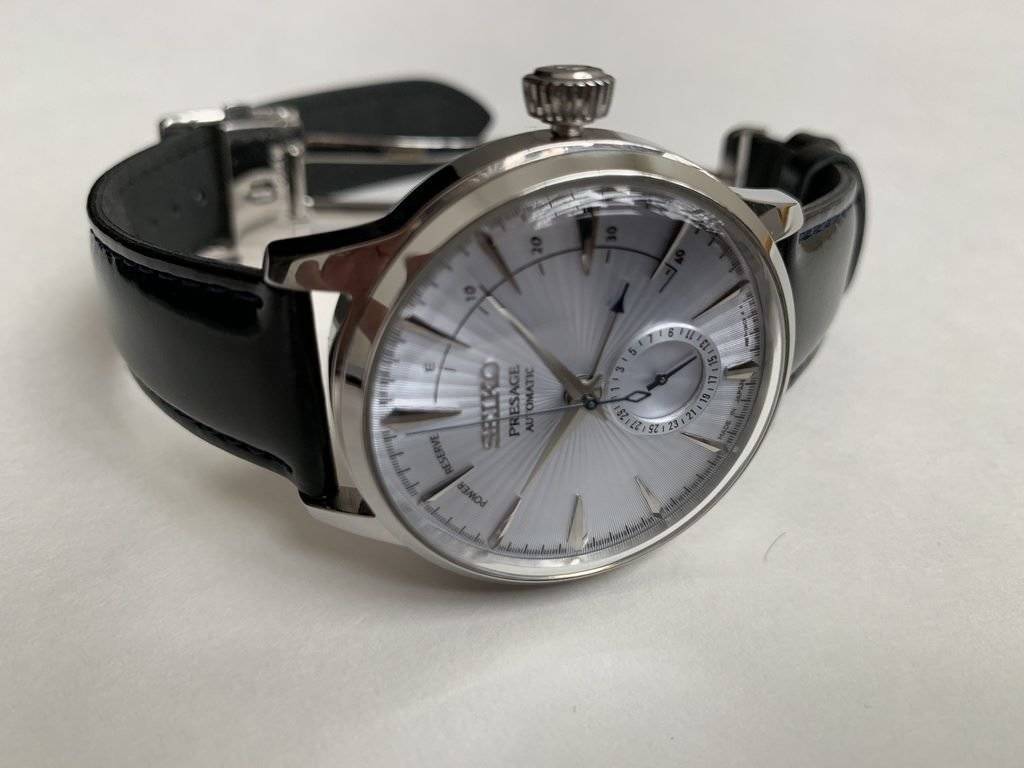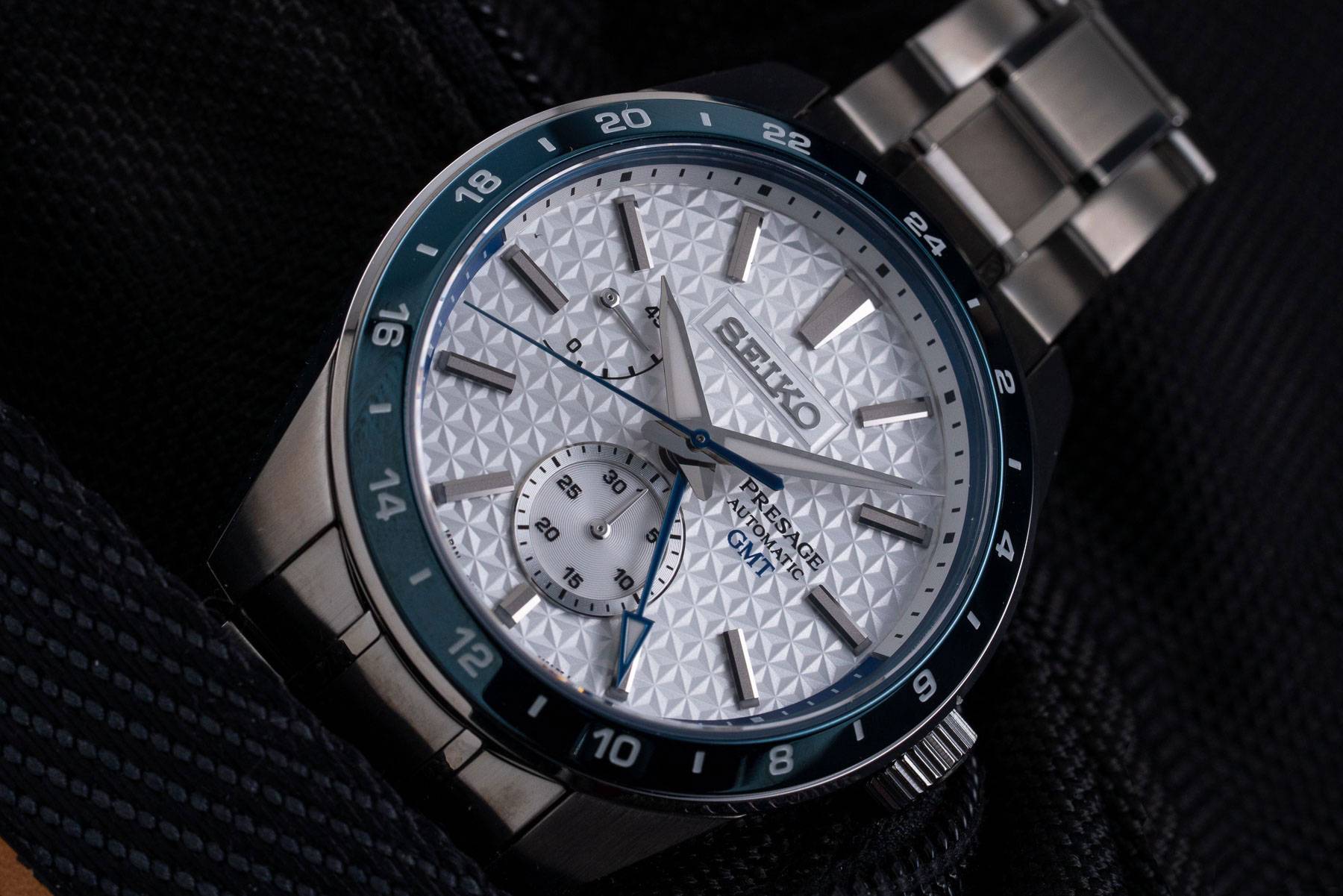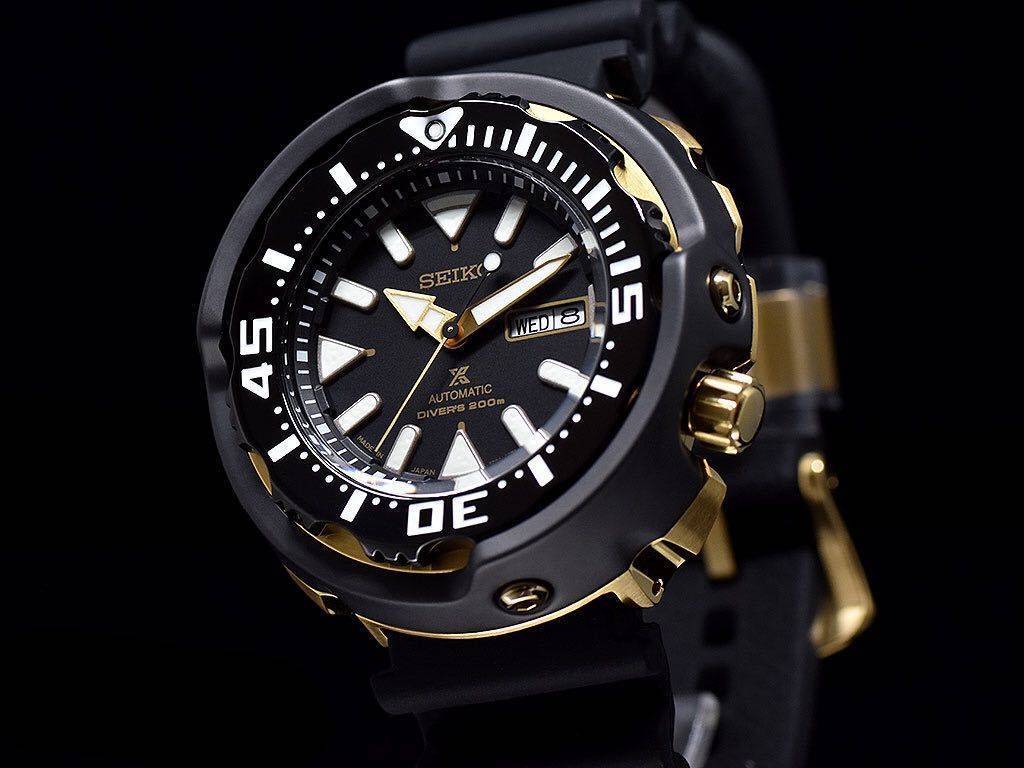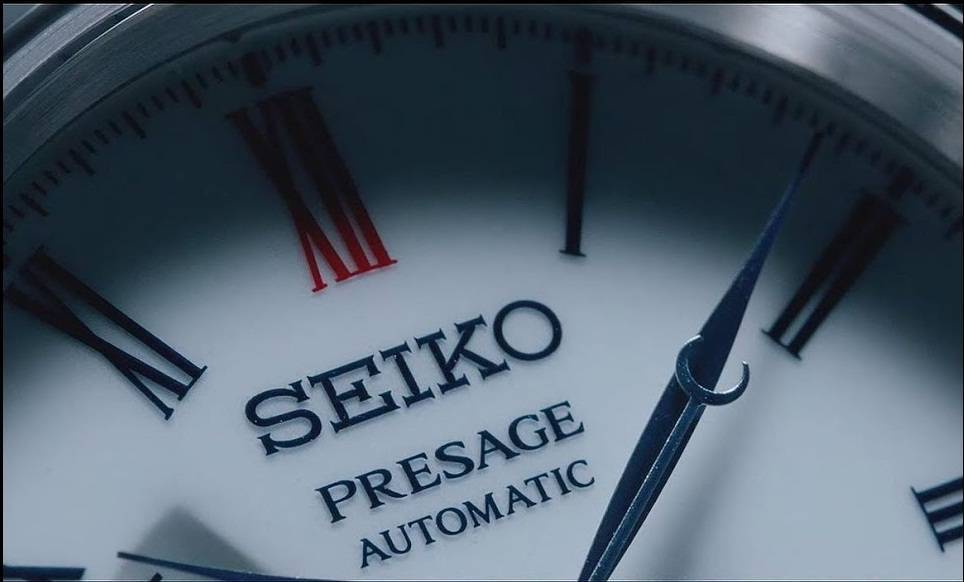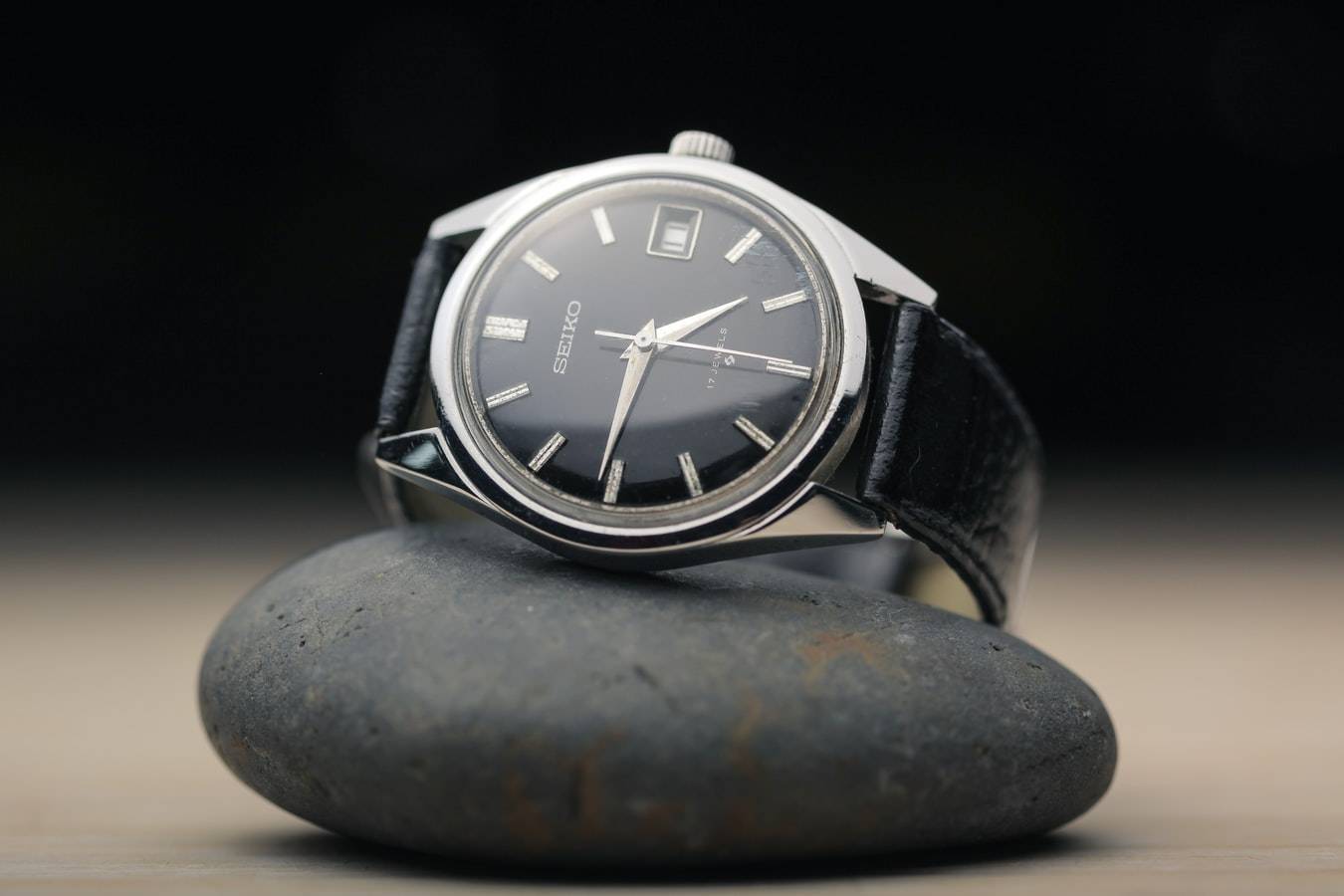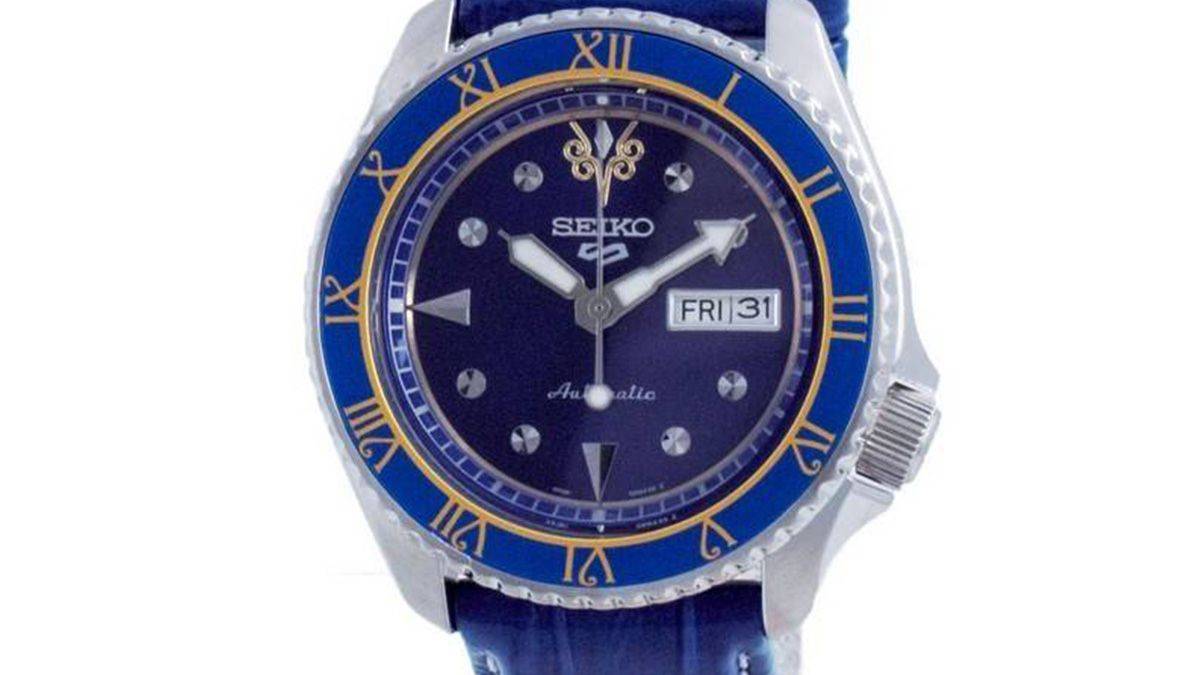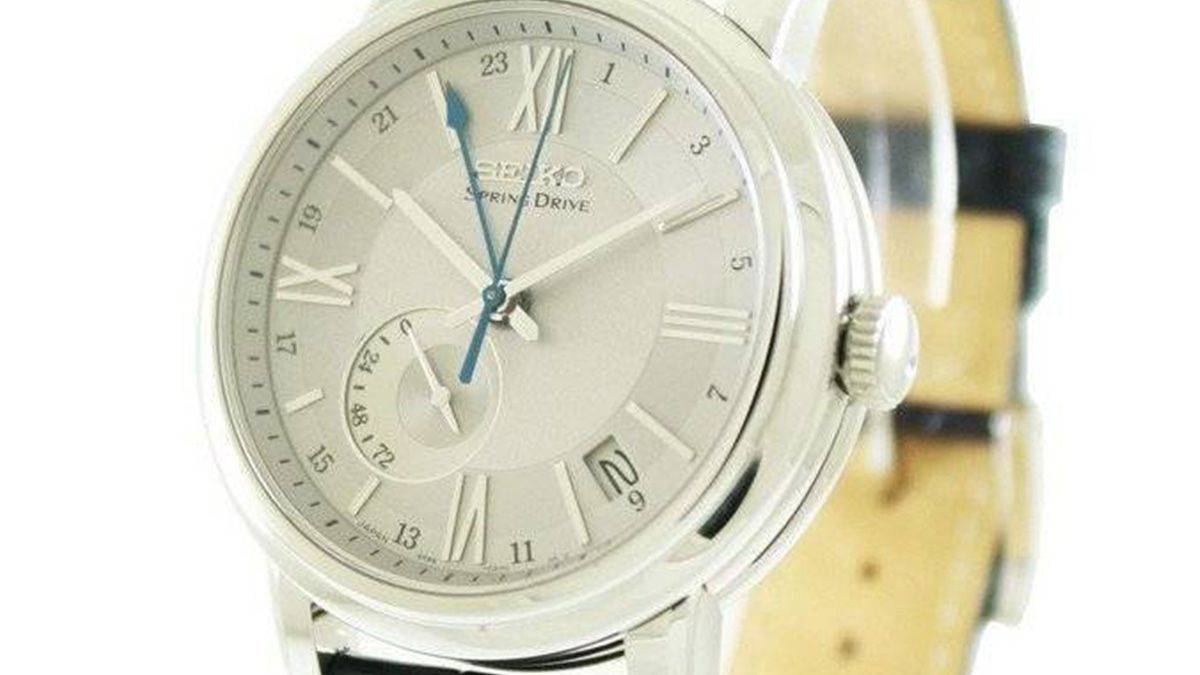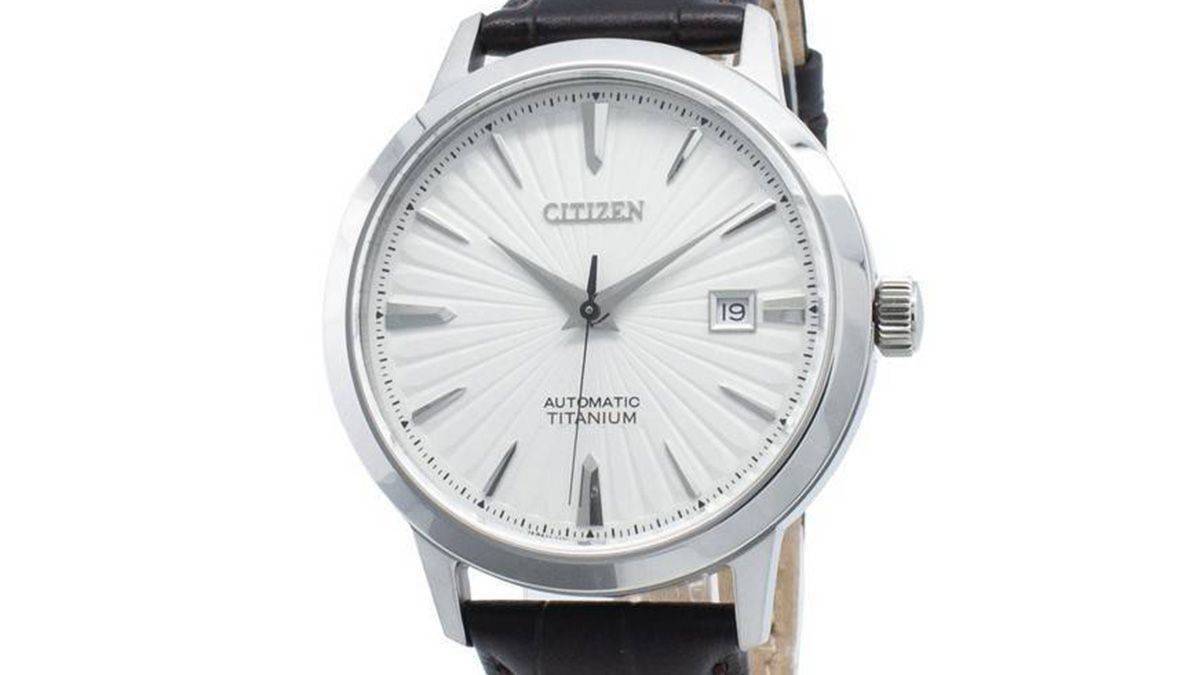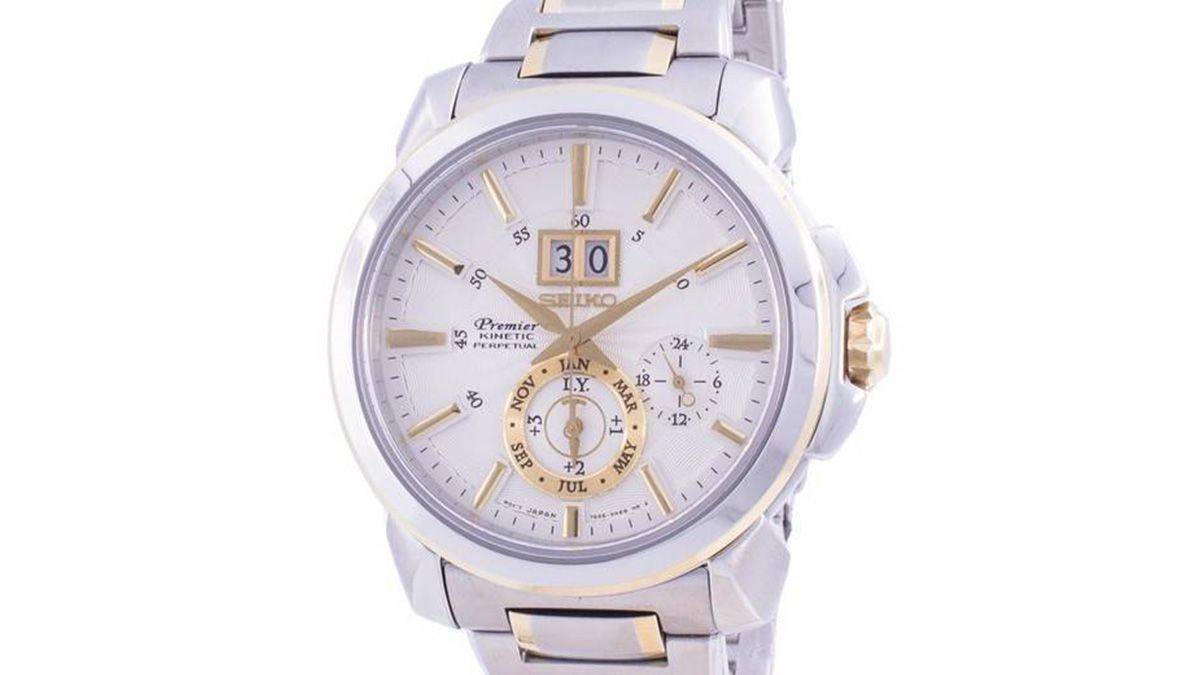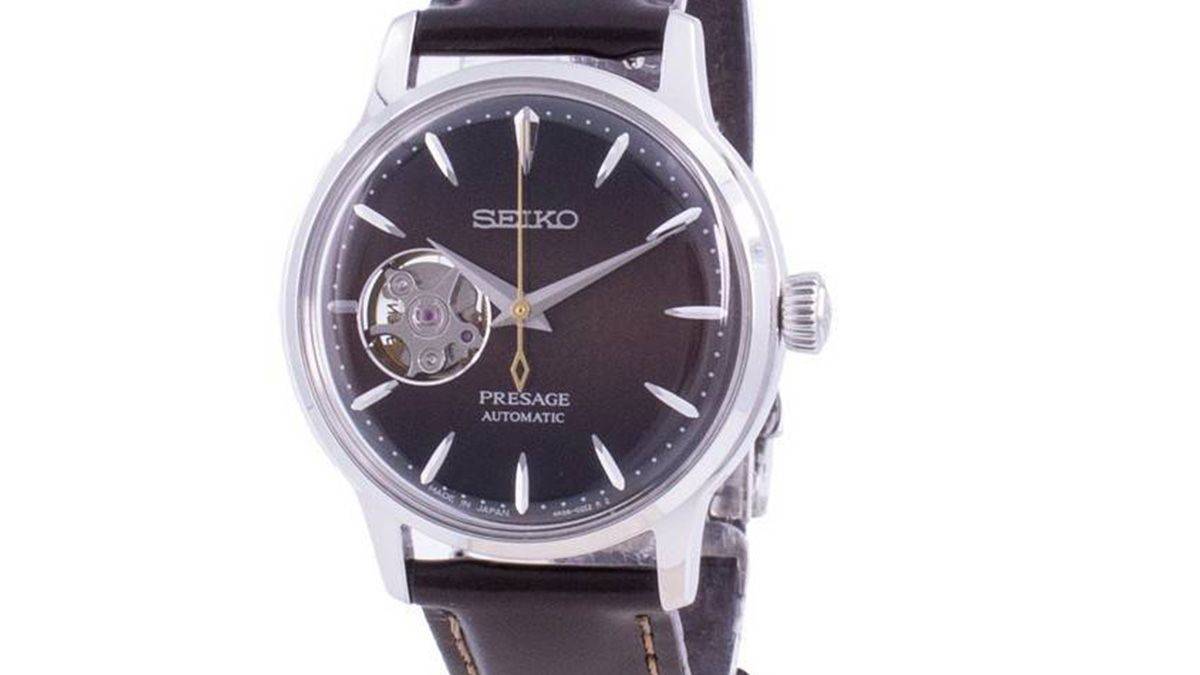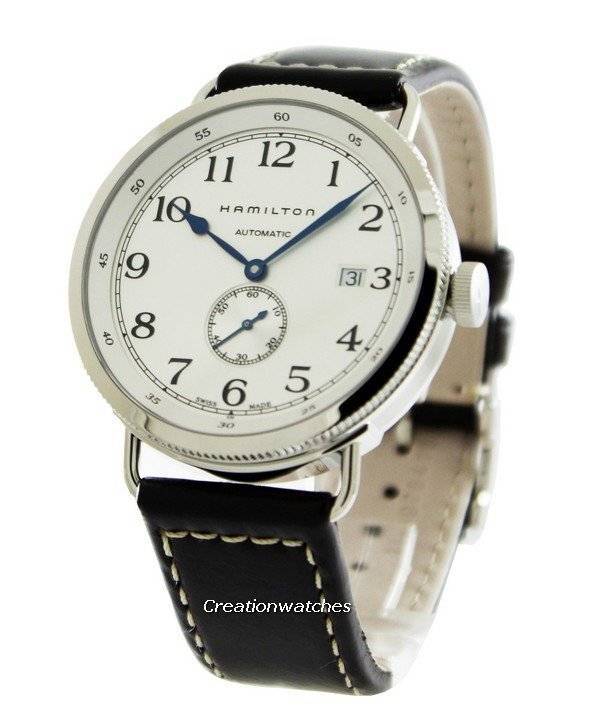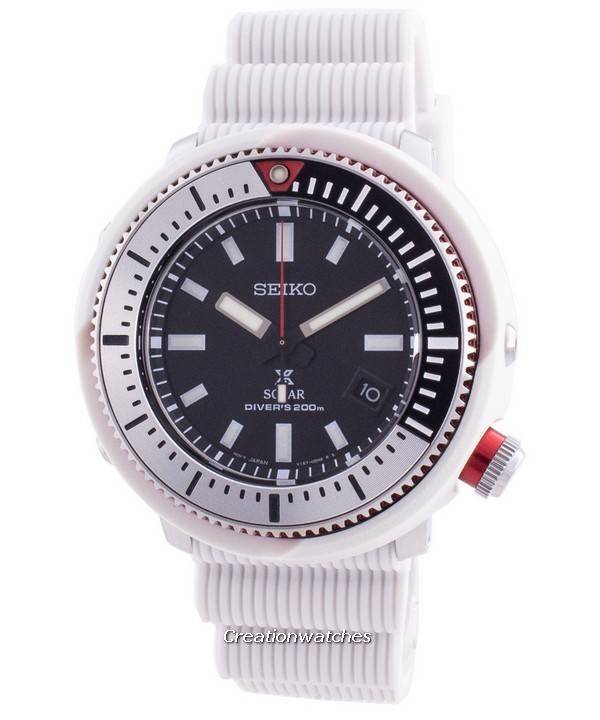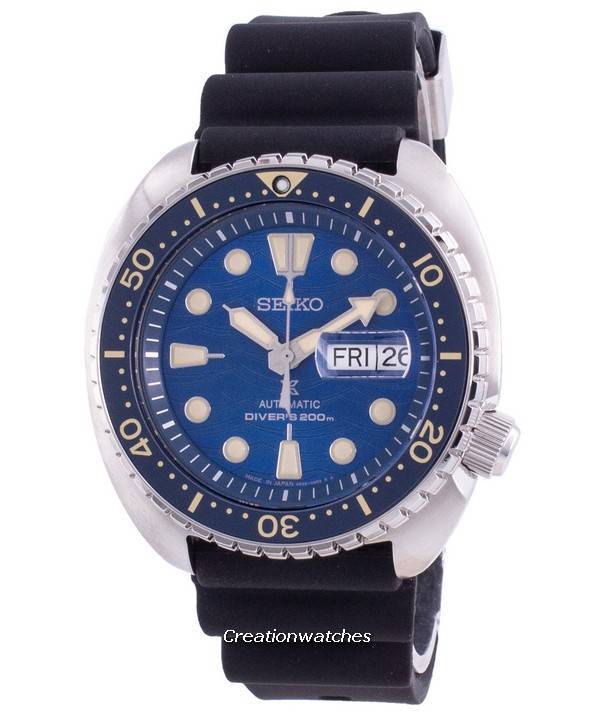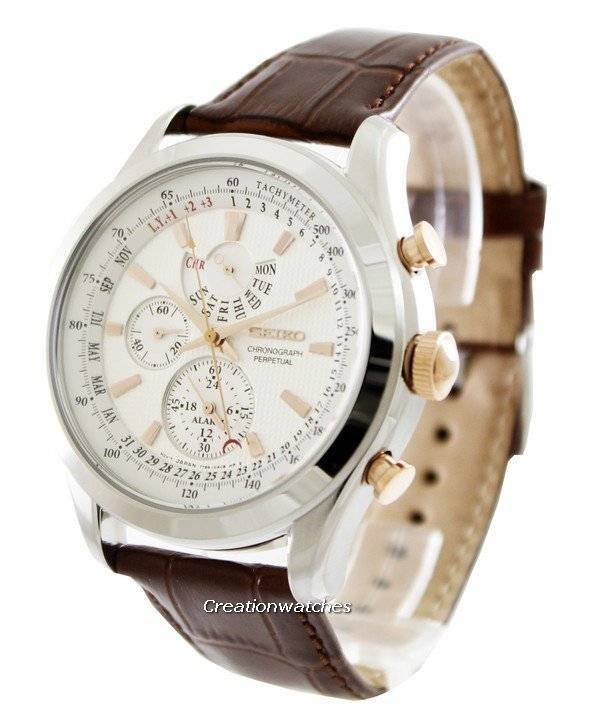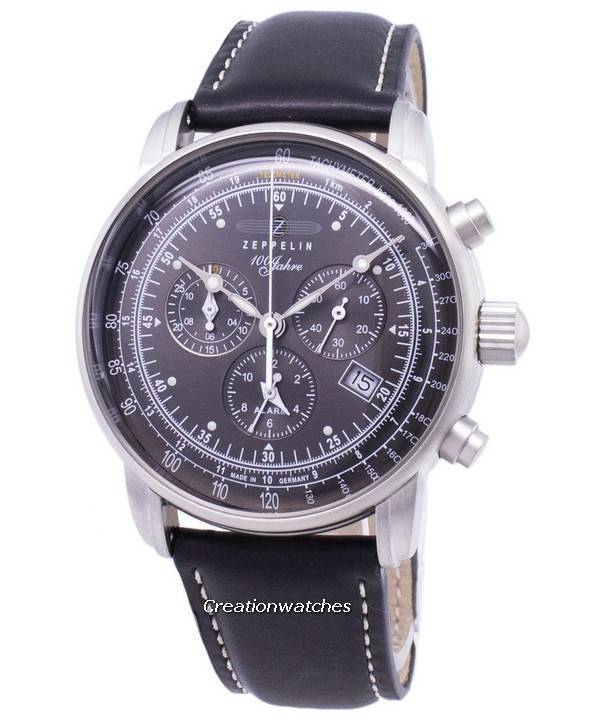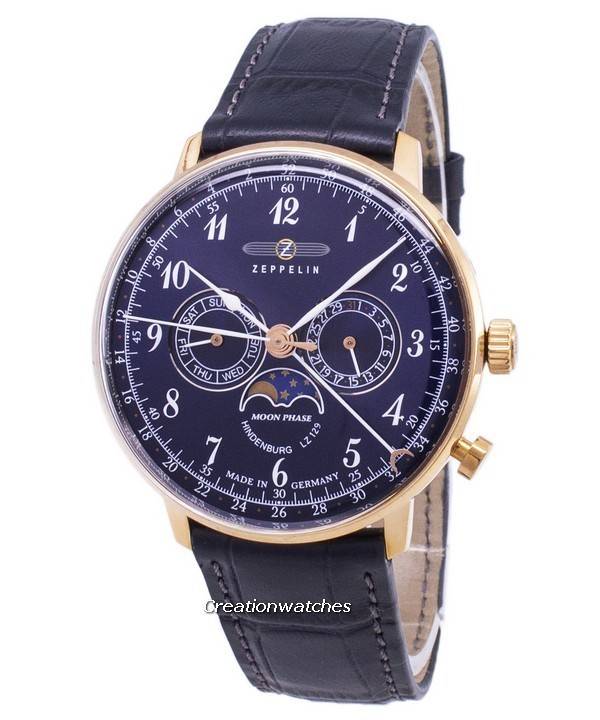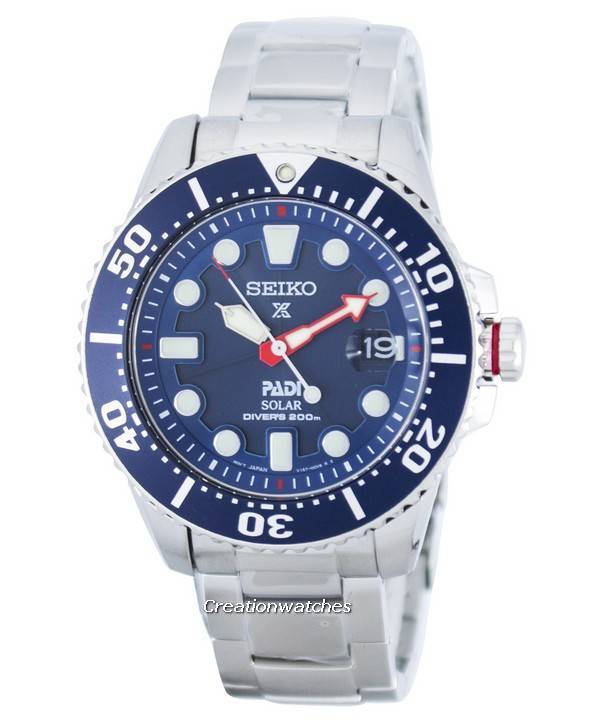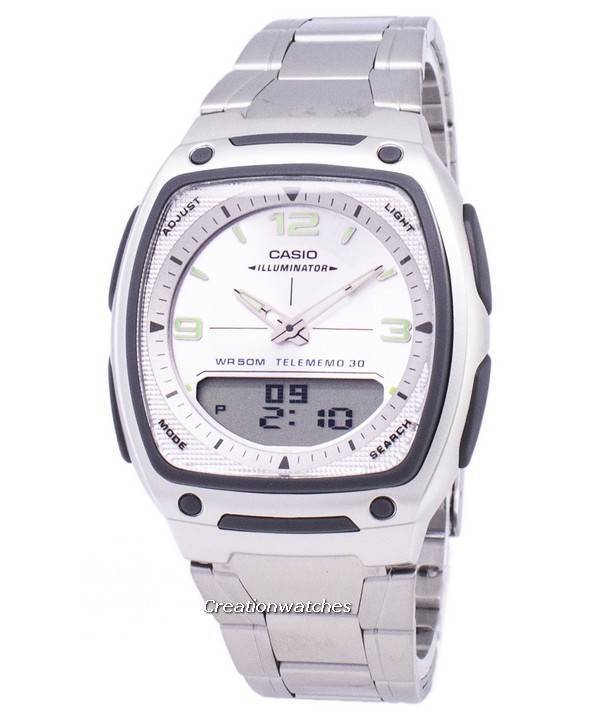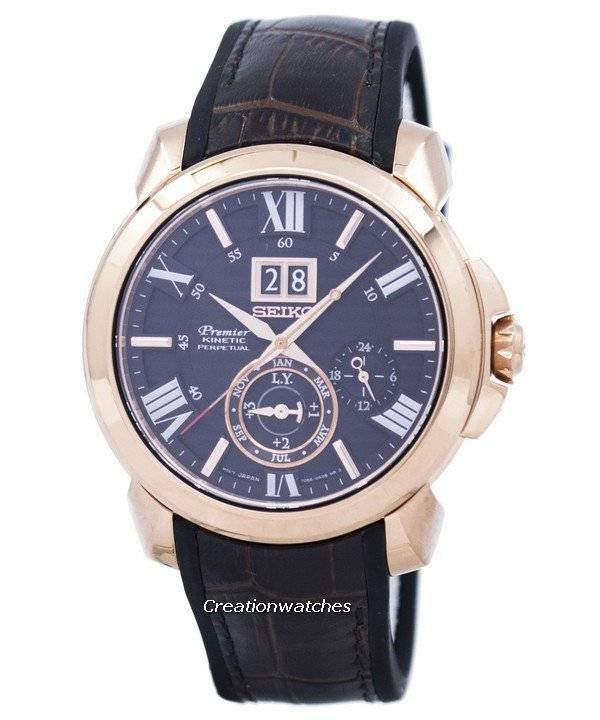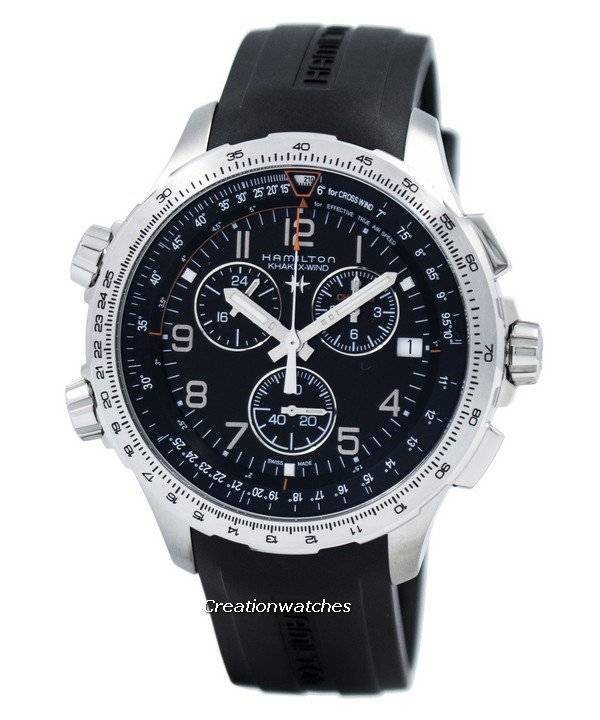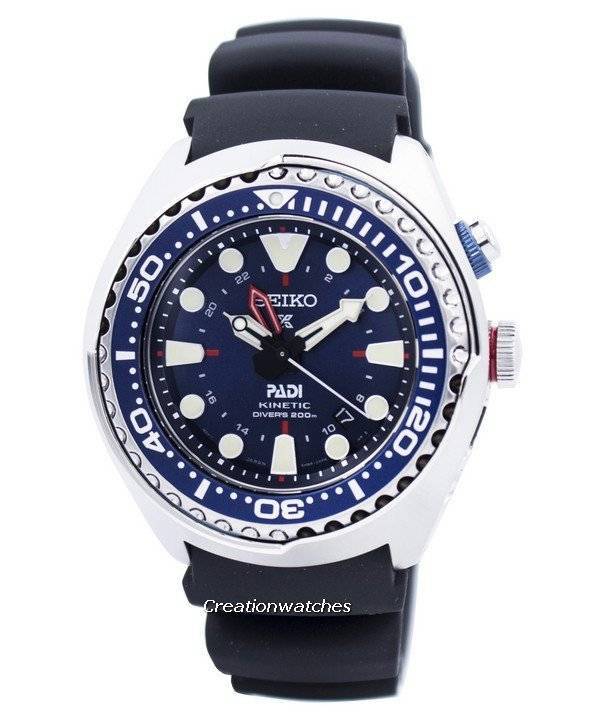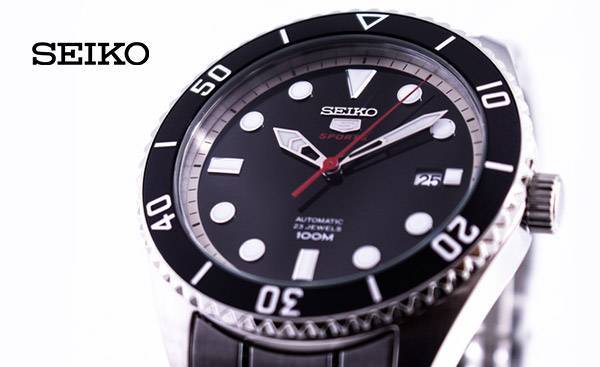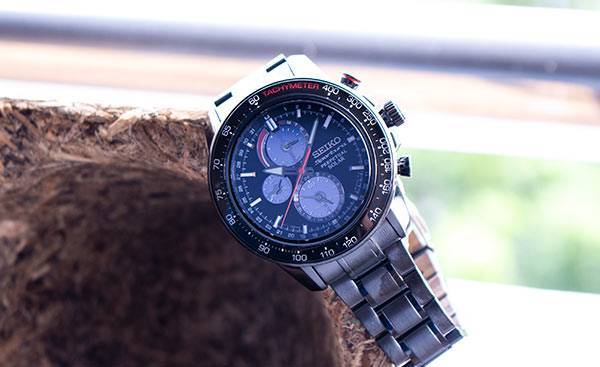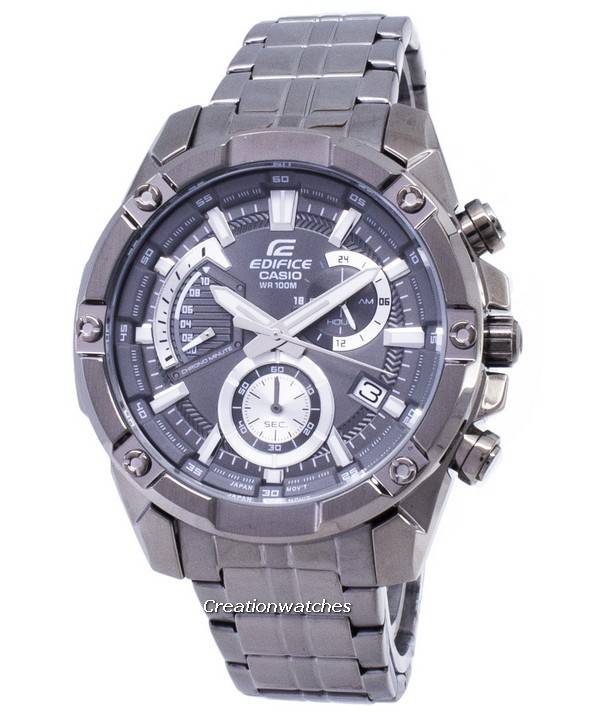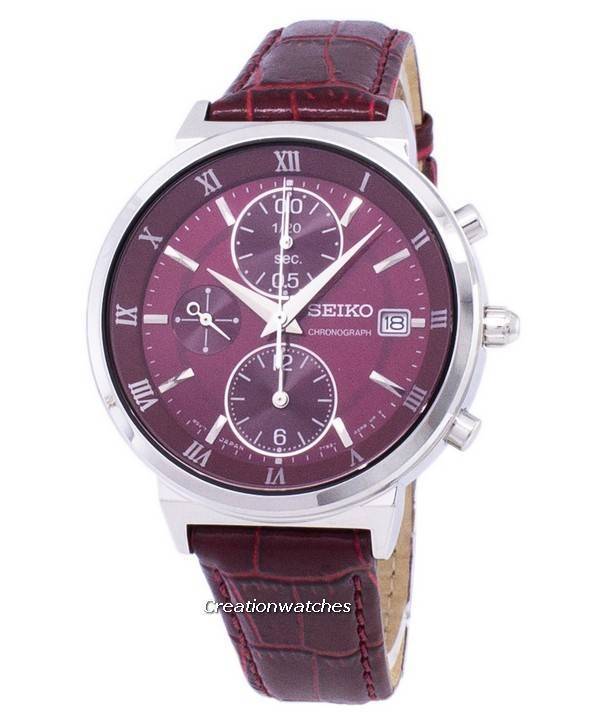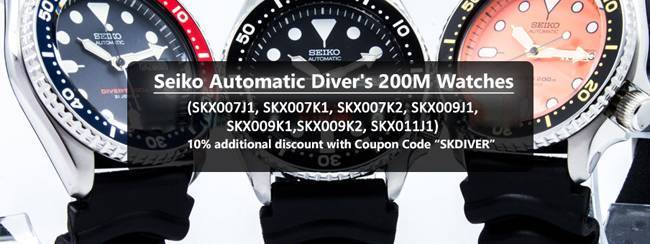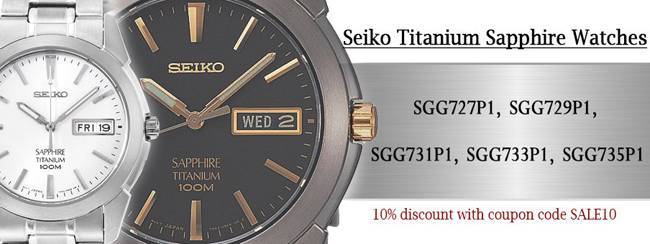To those who already raised their eyebrows:
I’m certainly not talking about some fetish or that way, about any kind of perversion; nor about turning into an iconoclast. What shall follow is how to find out the birth details of the Seiko you just bought. It applies to the vintage Seiko-s as much as the most recent of releases; from the venerable Seiko 5 to the elegant and sombre Grand Seiko. And to everything that are in between.

Why I embarked upon this particular topic is so far, I’ve received multiple questions from buyers who asked how to find out how old their respective Seiko-s are; to be more precise – What’s it manufacturing date? So I thought of answering them once and for all. Let’s see how the production date of a Seiko can be detected.
Actually, it’s very simple. Follow the set of numbers that come with every Seiko, etched/printed at the back. This also reveals the history or significance of that particular Seiko watch. Thus, you gain the knowledge and also, the power to choose and bargain, in its real sense, especially when you are buying a Seiko from the new, old stocks or models that have been discontinued. These, ideally should come at a lower price than what they were made available first; knowing the significance of the numbers at the backside shall help you obtain the item at a more reasonable and realistic price.

A Seiko with a solid case-back shall bear the 6-digit number etched in a straight line; for a transparent case-back (e.g. the modern Seiko 5), it shall remain printed horizontally, on the glass display. These types are easier to miss, so you need a pair of keen eyes. A higher end Seiko (e.g. 6R15 calibre Premier) shall have it on the rim of the case-back. However, in case of the mid-to-late 1960s Seiko-s, the serials are 7 digits long. For Limited Edition models, there remains a unique, numbering sequence; to be more precise, set of three numbers each, separated with an oblique. If it’s 040/100, it denotes, it’s the 40th piece from a total of 300 pieces manufactured.
However, let’s concentrate on the 6-digit serials, for they are the most abundant ones. Deciphering is as follows:
1. The first digit (0-9): Denotes the year of manufacture; not the decade. So, 1 could be either 1991 or 2001 or 2011.
2. The second digit (1 – 9): Denotes the month of production i.e. from January to September. Huh? What about the remaining three months, then? Well, October bears the number 0 (zero), while for November and December, it’s N and D, respectively.
3. The remaining digits: These represent the sequential production number. The first watch in the production line shall always have 0000 while the last one rolling out shall be 9999. Seiko makes up to 10,000 watches for particular models a month; once that limit is reached, the number is reset to 0000 again for the next month.
So there you are! Whichever calibre or whichever model you choose, match the serial number to find out the production details.
Watch(es) mentioned in this post are listed below. Click to see details and buy them:
- https://www.creationwatches.com/products/seiko-japan-82/seiko-automatic-presage-23-jewels-sarx015-4496.html
- https://www.creationwatches.com/products/seiko-prospex-299/seiko-prospex-automatic-limited-edition-srp577k1-srp577k-mens-watch-5392.html
- https://www.creationwatches.com/products/seiko-japan-82/seiko-automatic-alpinist-watch-sarb017-1850.html












